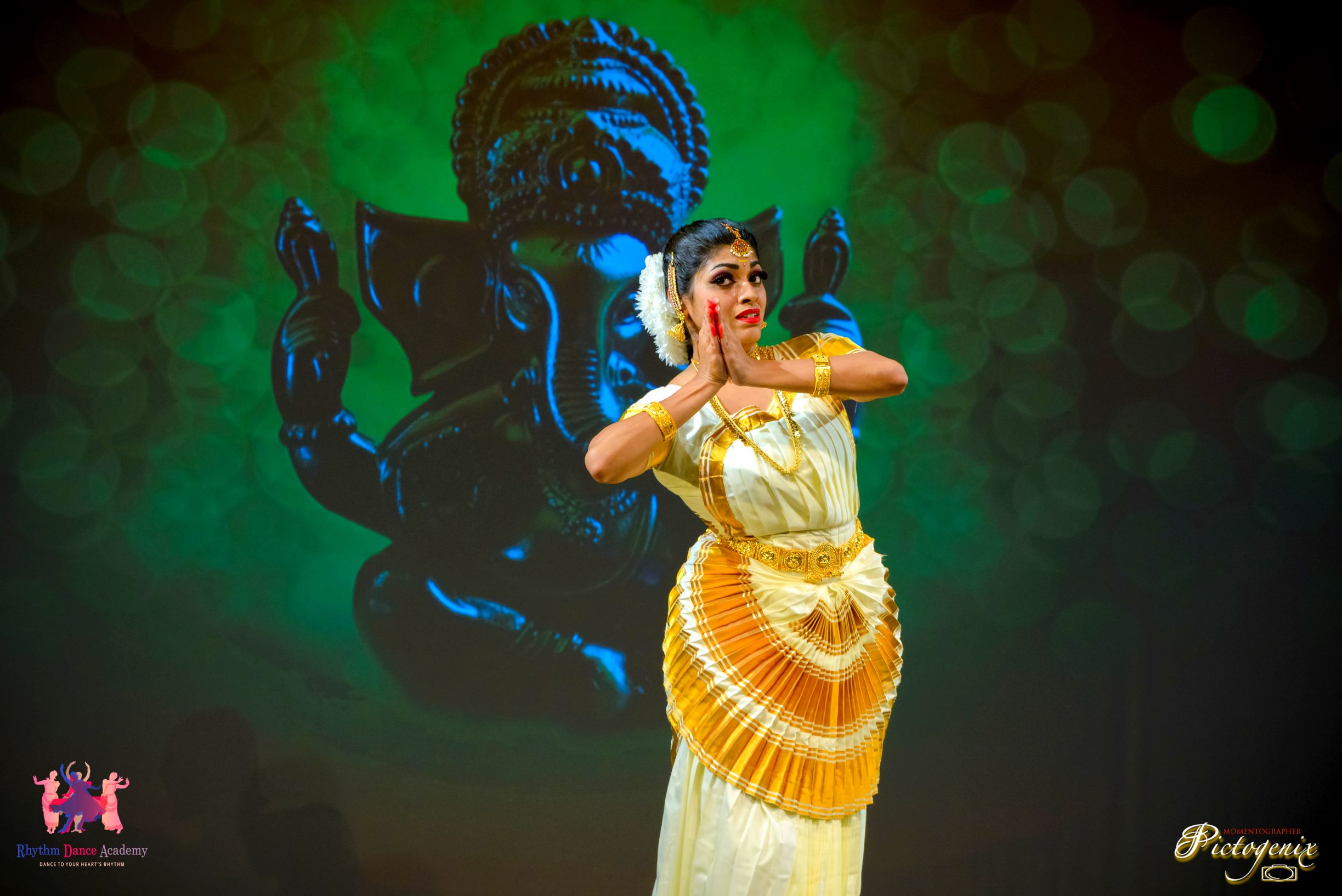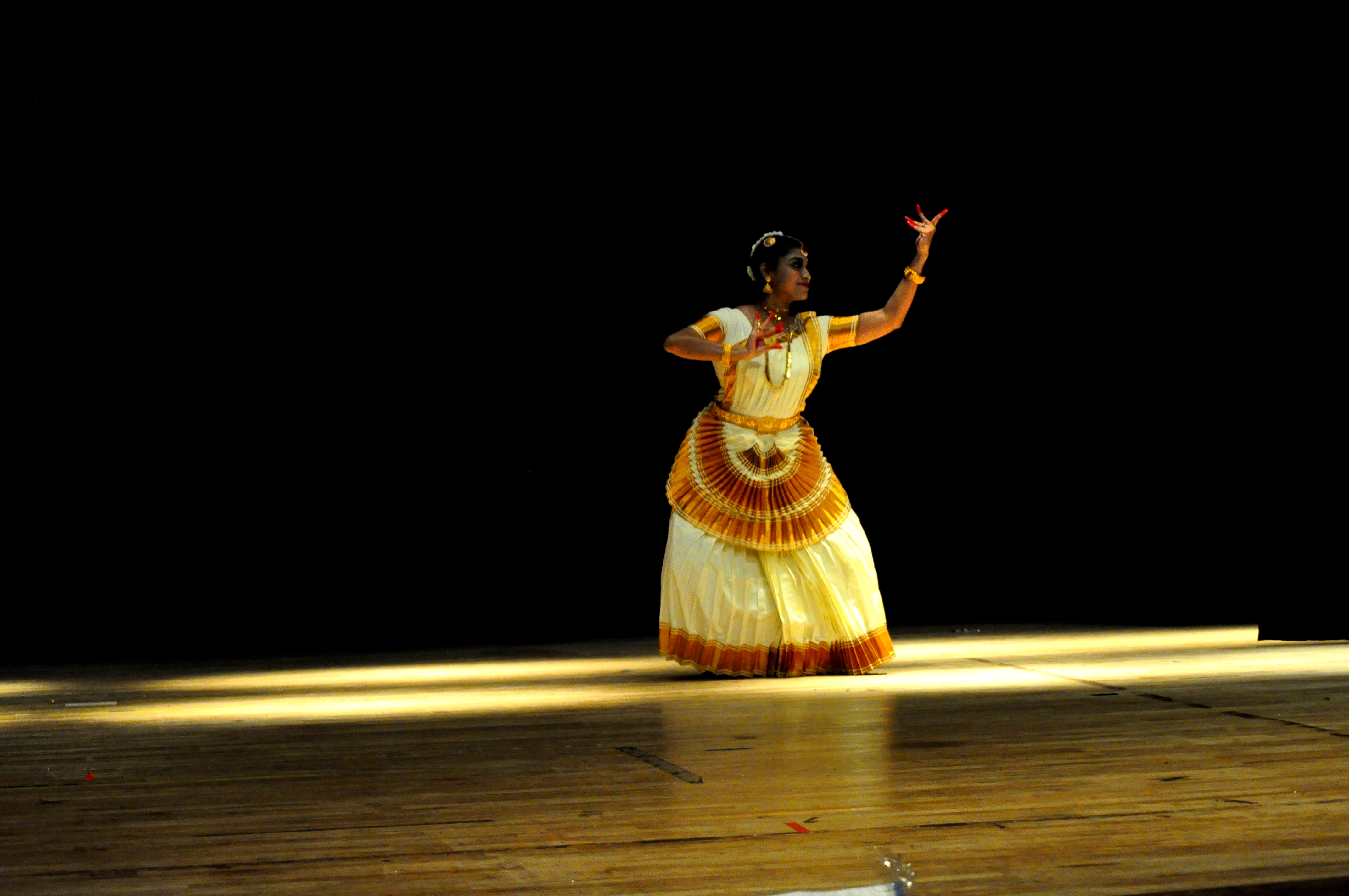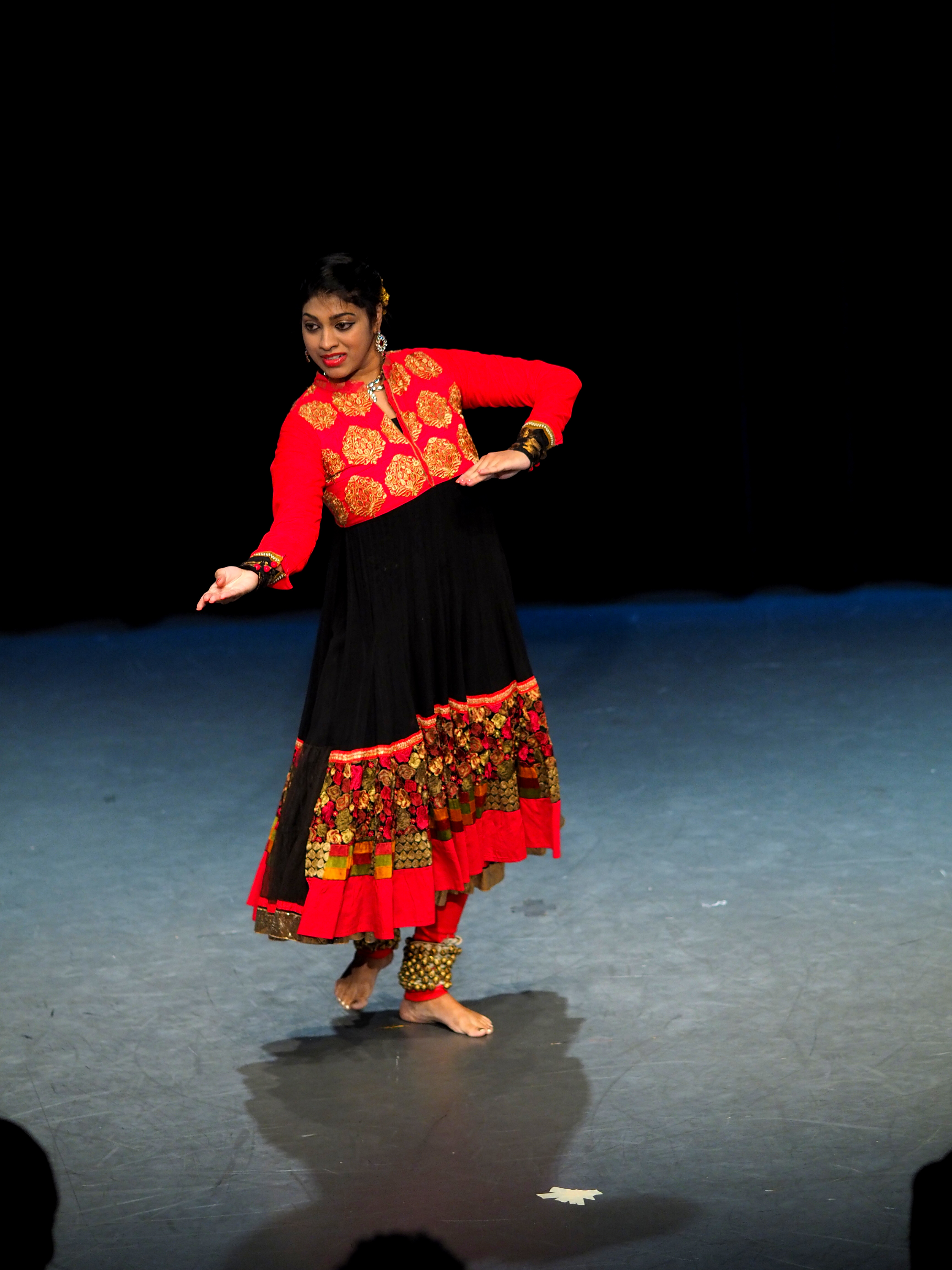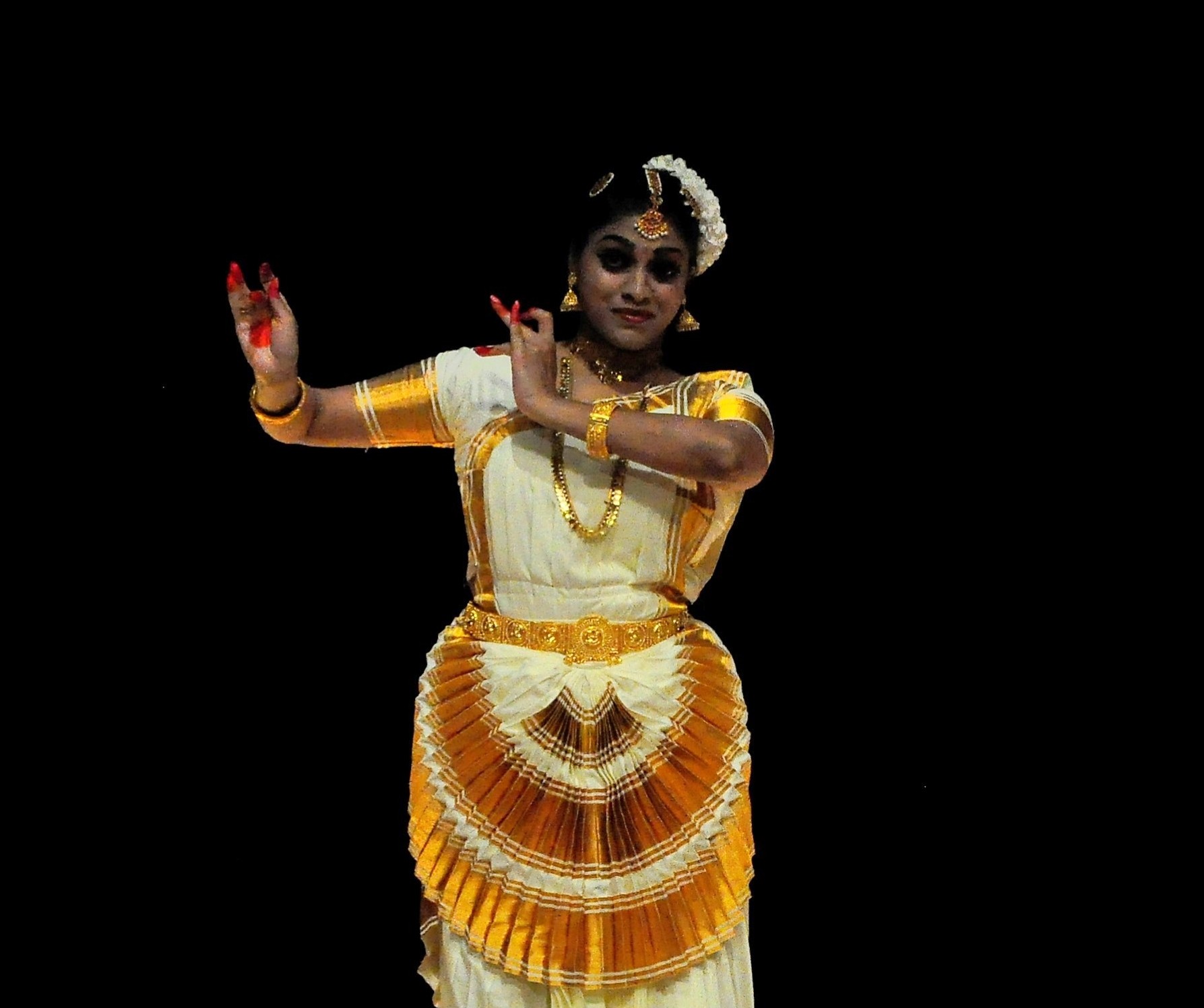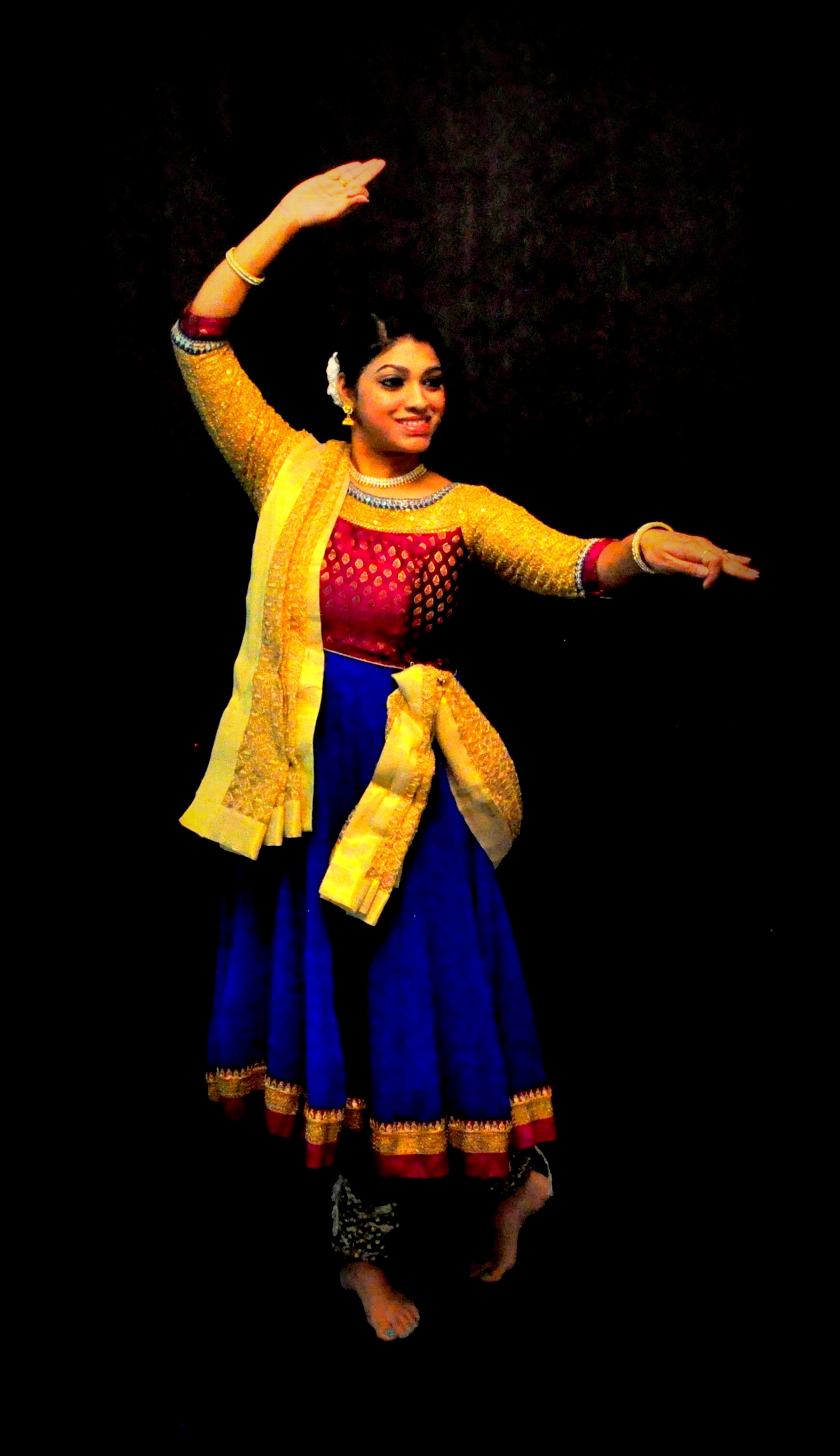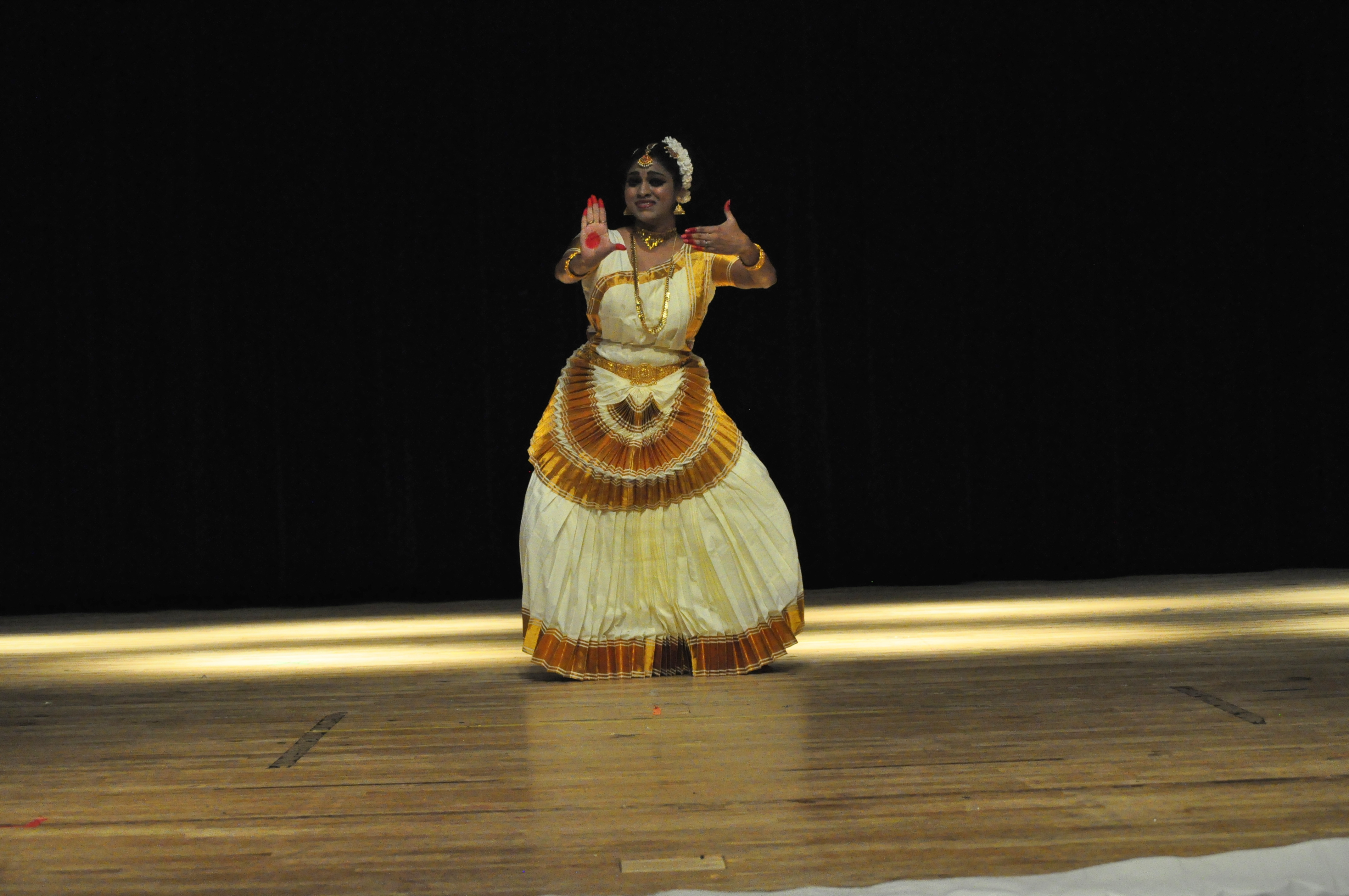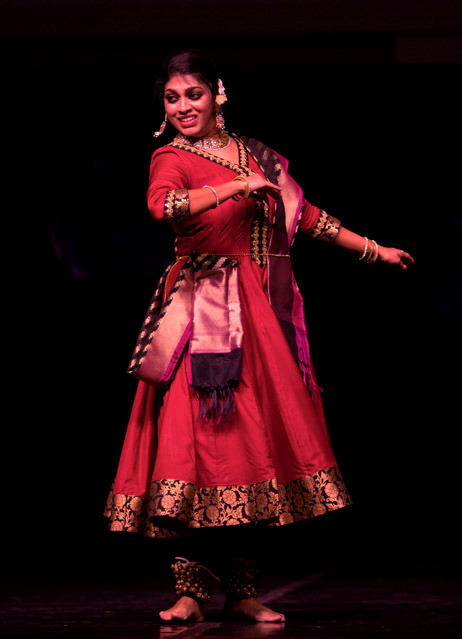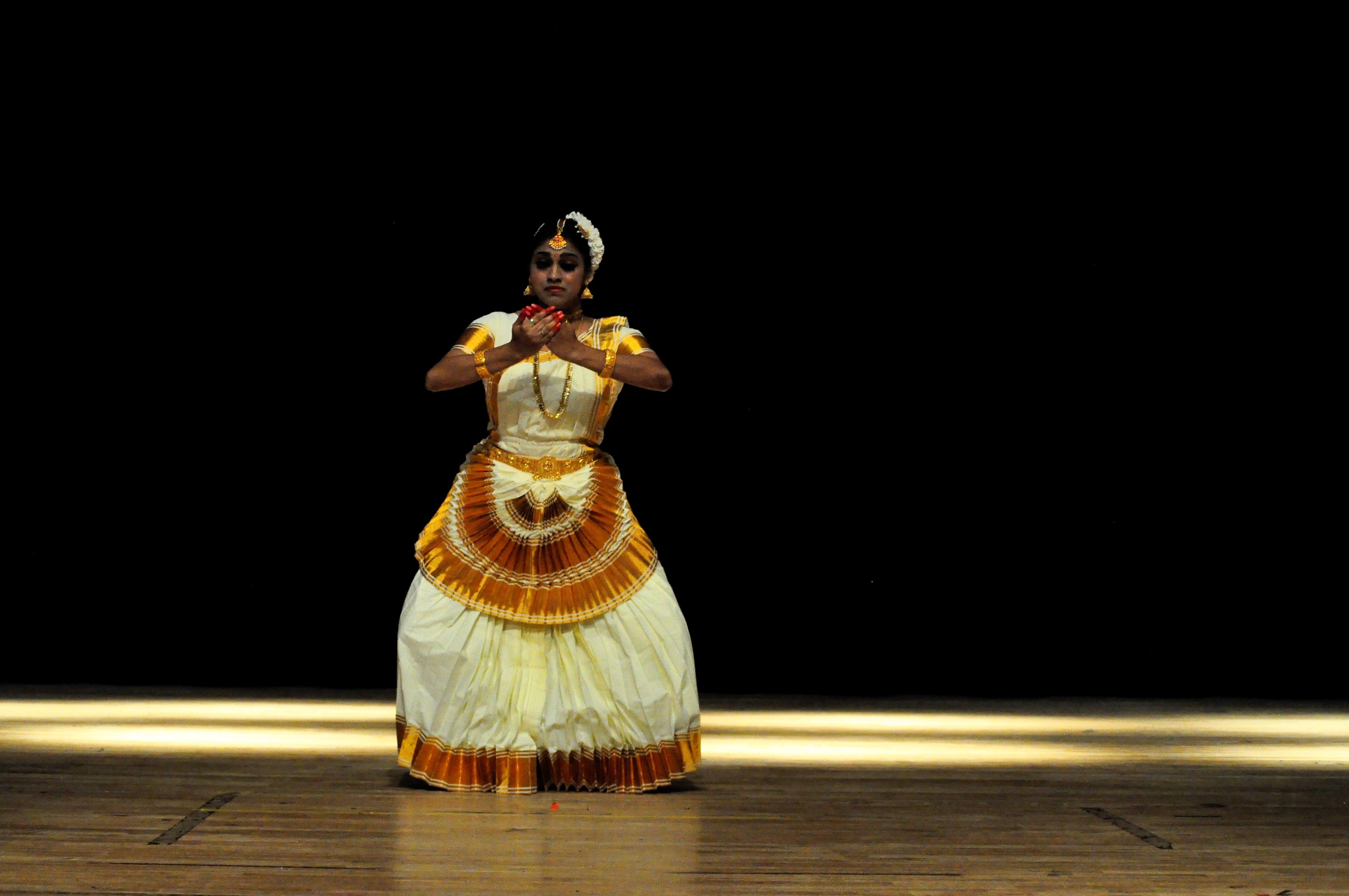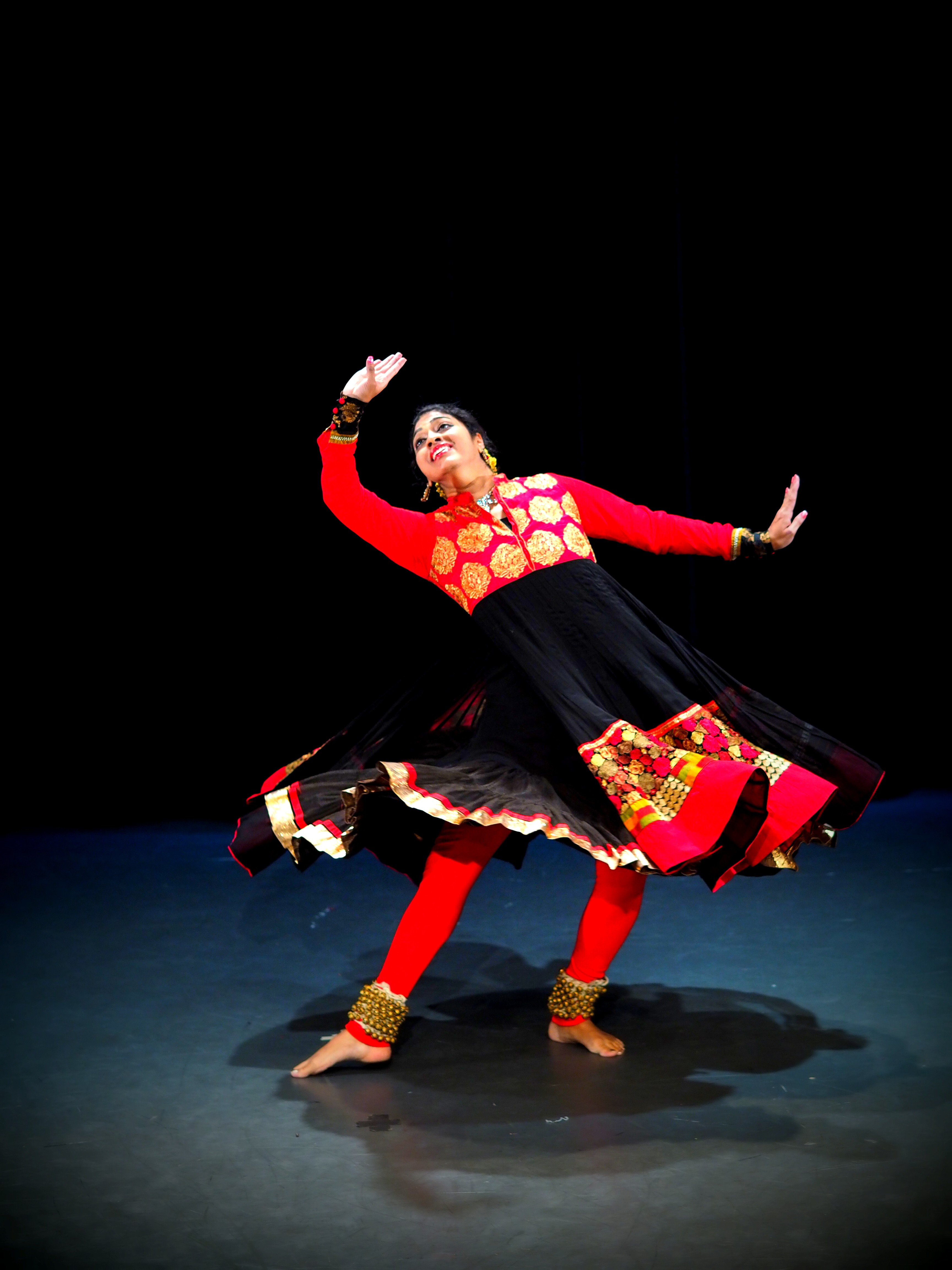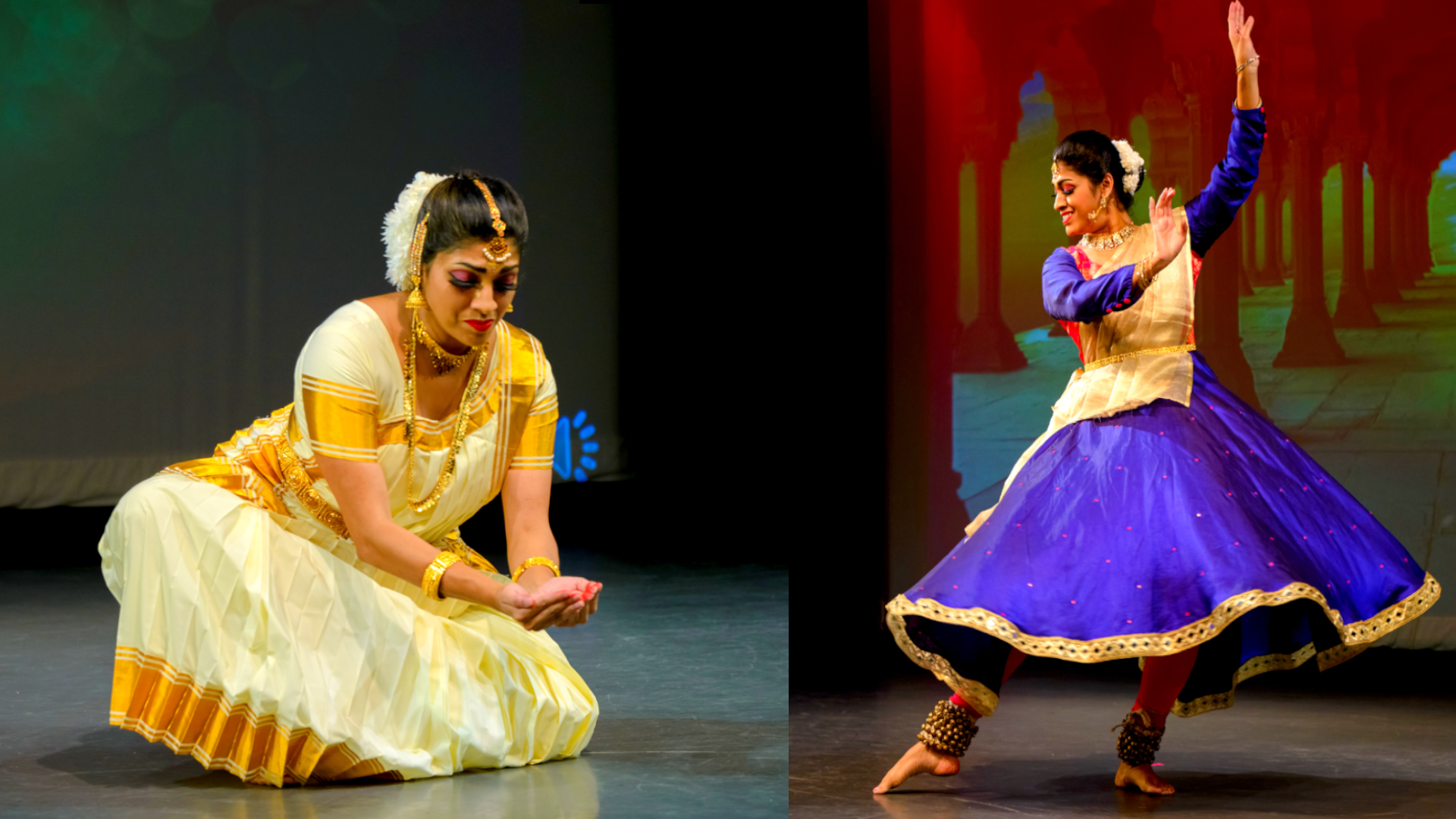
Prabha Aditya’s School of Performing Arts
Dancer, Choreographer, Artistic Director Rhythm School Of Arts (Kathak and Mohiniyattam) ensemble.
Prabha Aditya is a talented Indian Classical dancer based in Austin , Texas. She maintains an active performing career that spans in India and USA. Prabha has been studying Indian classical dance since the age of 12. She began her training in India, under her teacher Guru Santha Sampath initially learning Bharatanatyam and then started learning Mohiniyattam from Smt .Valsala Sasikumar .
Prabha started her journey in Kathak at 2007 in India with late Guru Maya Rao in Bangalore .When Prabha moved to the US in 2009 she continued to learn under the Kathak Maestro Late Guru Pt.Chitresh Das. She is certified from PRSSV Institute of performing Arts and Heritage, UK (Diploma in Kathak). She did her first own fully sold production show ‘PARAMPARA’ with eminent local and international artists. Even today Prabha attends workshops under eminent Guru’s Guru Pali Chandra, Guru Rama Vaidhyanathan , Guru Sudeshna Maulik to fine tune and refine her skills further . Her Guru Smt. Valsala Sasikumar carries legacy in Mohiniyattam tied to her roots under the guidance of Kalamandalam Kalyani Kutty Amma (Mother Of Mohiniyattam).
She has adopted USA as her home since 2009. During this time, she has accomplished performing in dance festivals and live performance like Kerala Thiruvolsavam (Cochin) where she performed a Mohiniyattam Padam about the Cosmic dance Lord Siva, Heritage India Festival (Mohiniyattam Padam in Praise of Lord Krishna),Raleigh International Festival (A Fusion of Classical Kathak , Kuchipudi , Bharatanatyam), HSNC Fund Raiser (Kathak Classical Solo), Rath Yatra in the name of Lord Krishan(Mohiniyattam Padam), Nuvyug India Fest Raleigh and Charlotte (Kathak Classical Solo), Greater Carolina Association on Malala Yousafzai (Classical contemporary on Women empowerment), Durham Council for American Community (Indian Traditional Classical fusion), Sur Aur Taal Orlando (Classical Kathak) and accomplished her dream of successfully managing her own Dance Production ‘Parampara 2019’.
She continues to teach in Leander , Austin as her hometown and looks forward in establishing an Indian dance ensemble, a collective of talented dancers who are passionate to support this beautiful art form.
Conveying my deep appreciation and respects to my Gurus Late Smt. Maya Rao, Late Guru Pt.Chitresh Das ,Guru Pali Chandra, Smt Sudeshna Maulik, Smt Valsala K Sasikumar and her daughter Smt. Sowparna Sasikumar for encouraging and allowing me to continue their legacy from the roots of Kathak and Mohiniyattam.
Classes
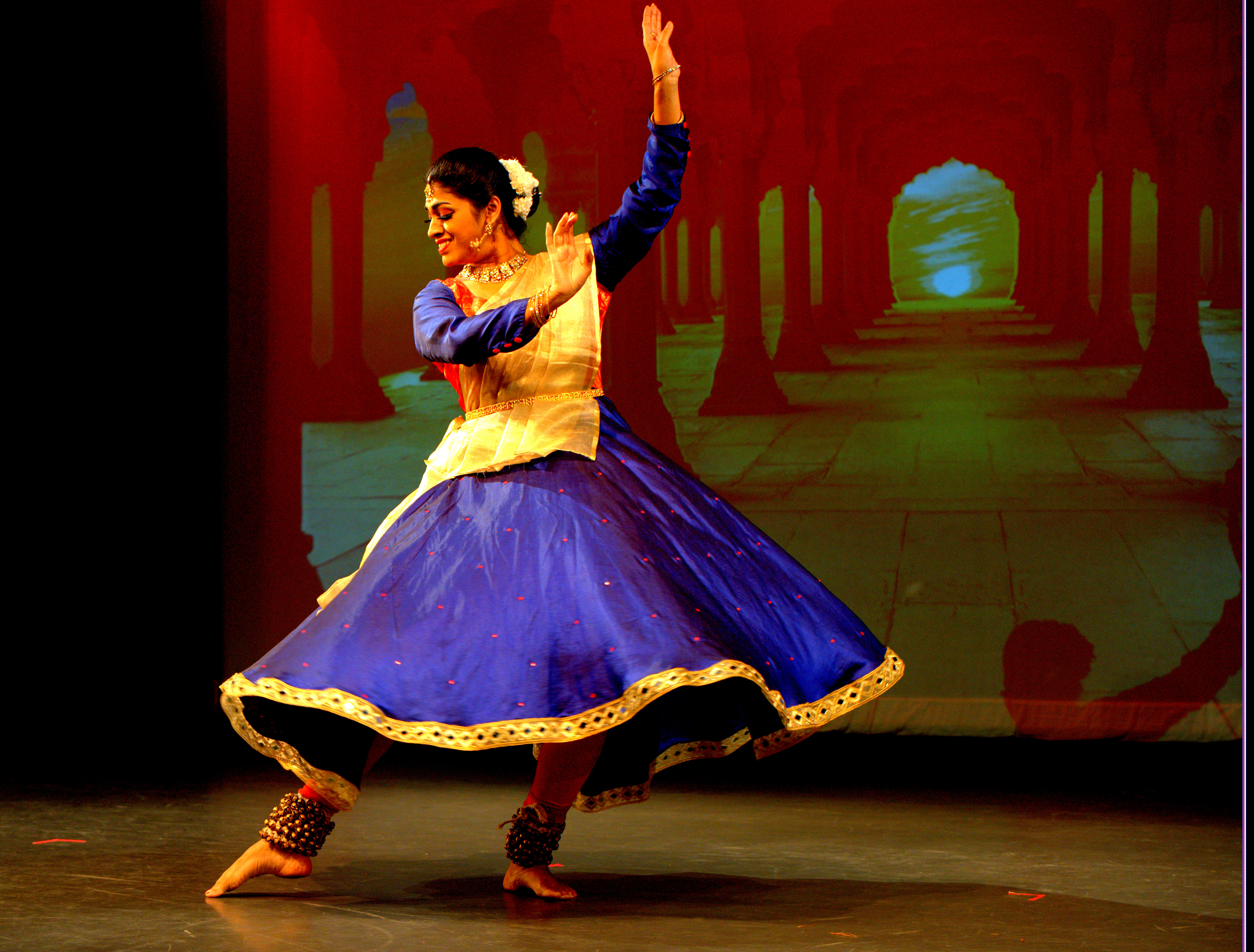
Kathak
